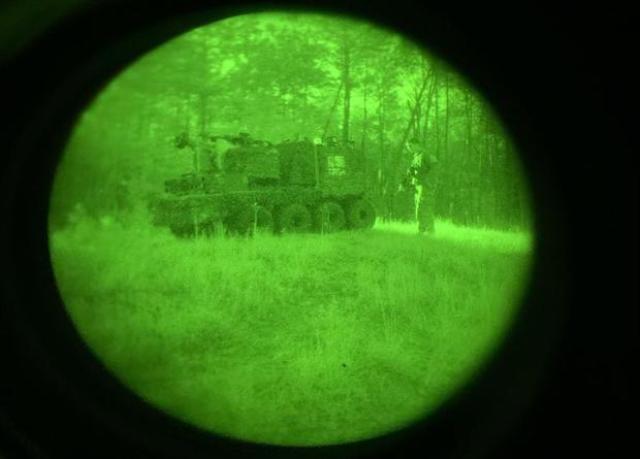The US Army for the first time used ground robots as conditional opponents. As reported by The Drive, robots blocked the way to helipads, blocked roads and performed other tasks. They were armed with M240 machine guns and Javelin anti-tank missiles.
The US Army has been working on the concept of MUM-T (Manned-Unmanned Teaming, human-machine interaction) for several years. It assumes that robots and humans can perform combat missions together. For example, at the exercises next year, RCV-L robots will form the first line of attack, and people will already follow it.
Robots can act not only in concert with the military, but also against them. During the exercises in September, the US Army for the first time used two ground MUTTS as conditional opponents. These vehicles are developed by General Dynamics Land Systems, and they are intended primarily for the transportation of equipment, ammunition, provisions, as well as for reconnaissance.
There are several machines of different sizes in the MUTT family. Those that acted as conditional opponents of the US military in September weigh 1.5 tons and differ in the eight-by-eight wheel formula. Like all MUTTS, they are equipped with a hybrid powerplant. This allows them to spend fuel more efficiently compared to the same-sized machines with conventional internal combustion engines.
A remote-controlled CROWS turret with a 7.62 mm M240 machine gun and a Javelin anti-tank missile launcher was installed on each MUTT. In addition, the robots had quadrocopters on cables. Drones expanded their capabilities in the field of intelligence and surveillance, and also played the role of repeaters, increasing the distance at which robots could be from operators. During the exercises, the vehicles blocked the way to the helipads, blocked roads and performed other tasks.
Not only the US military is interested in ground robots. Earlier we wrote that the South Korean army received two multi-purpose ground wheeled robots for testing. They are suitable for a variety of tasks, including reconnaissance missions, cargo and ammunition transportation, and evacuation of the wounded.
Vasilisa Chernyavtseva

